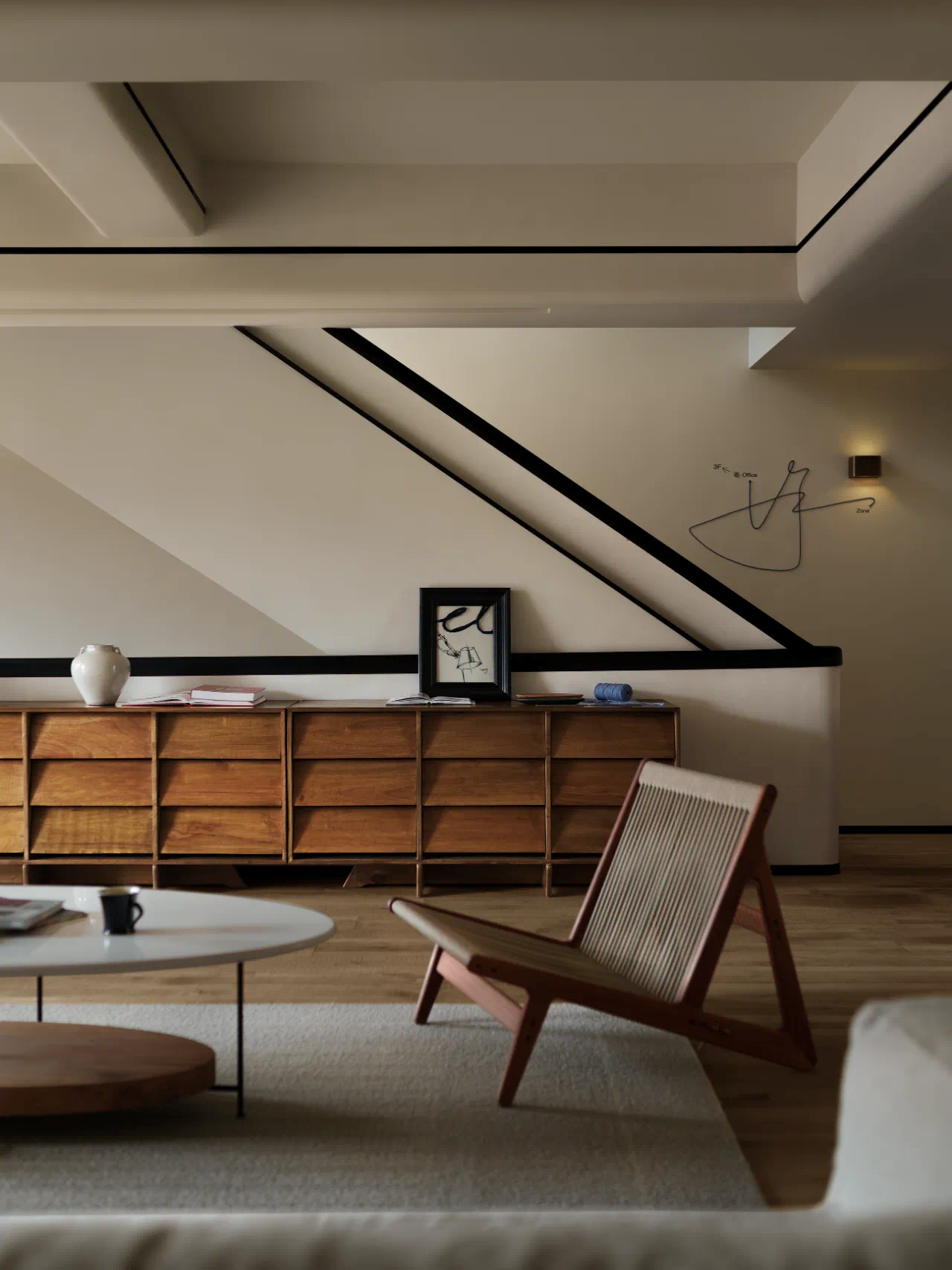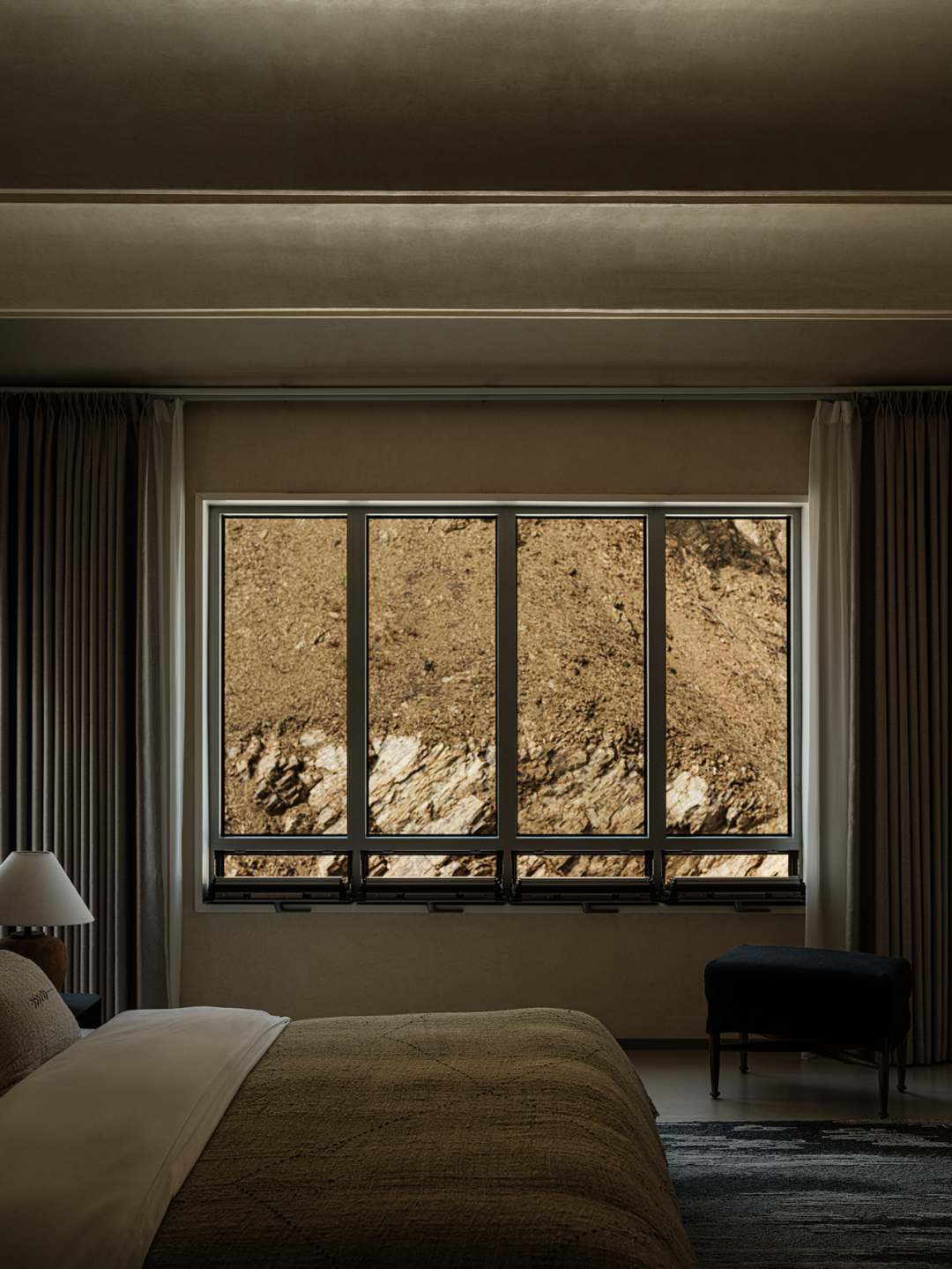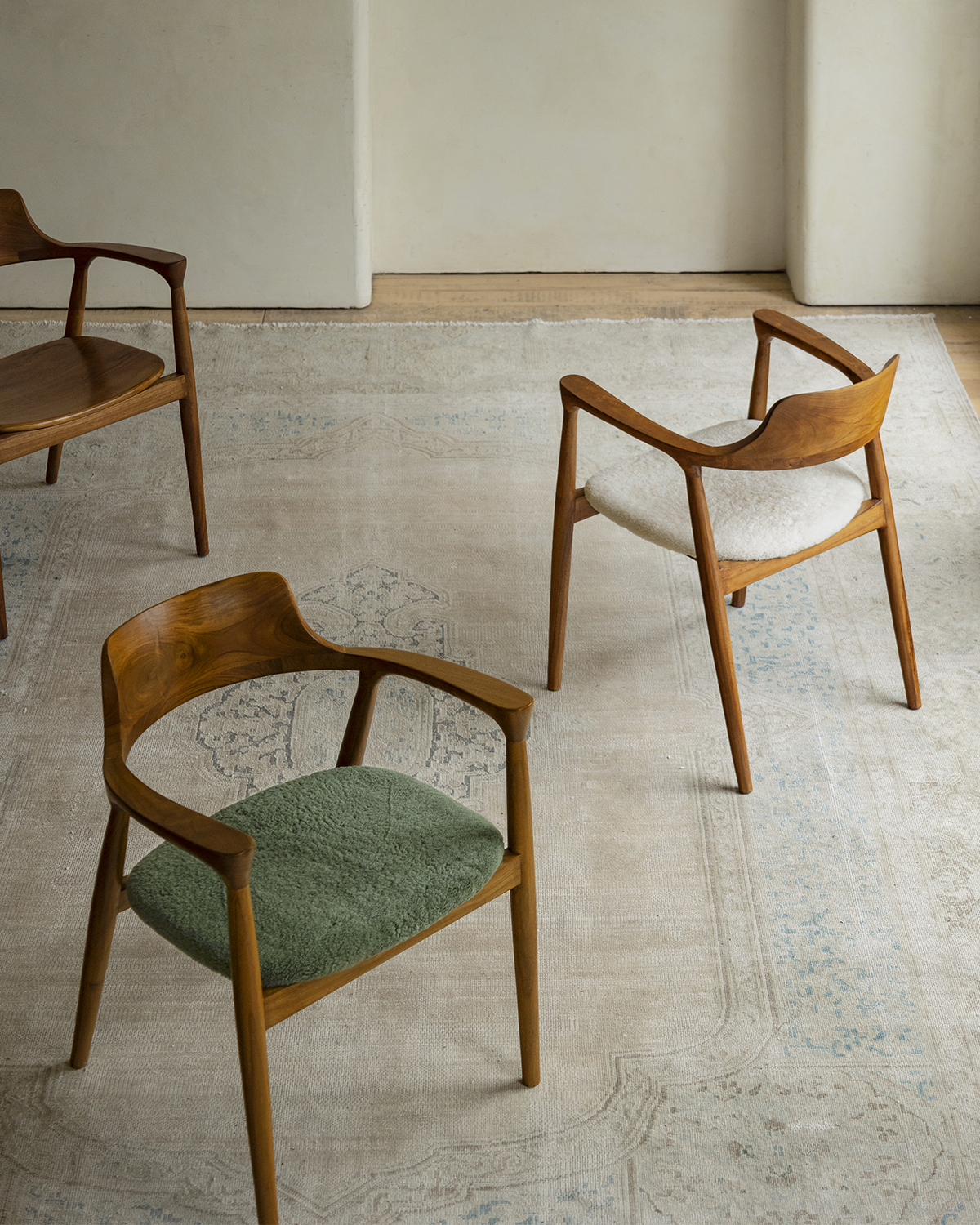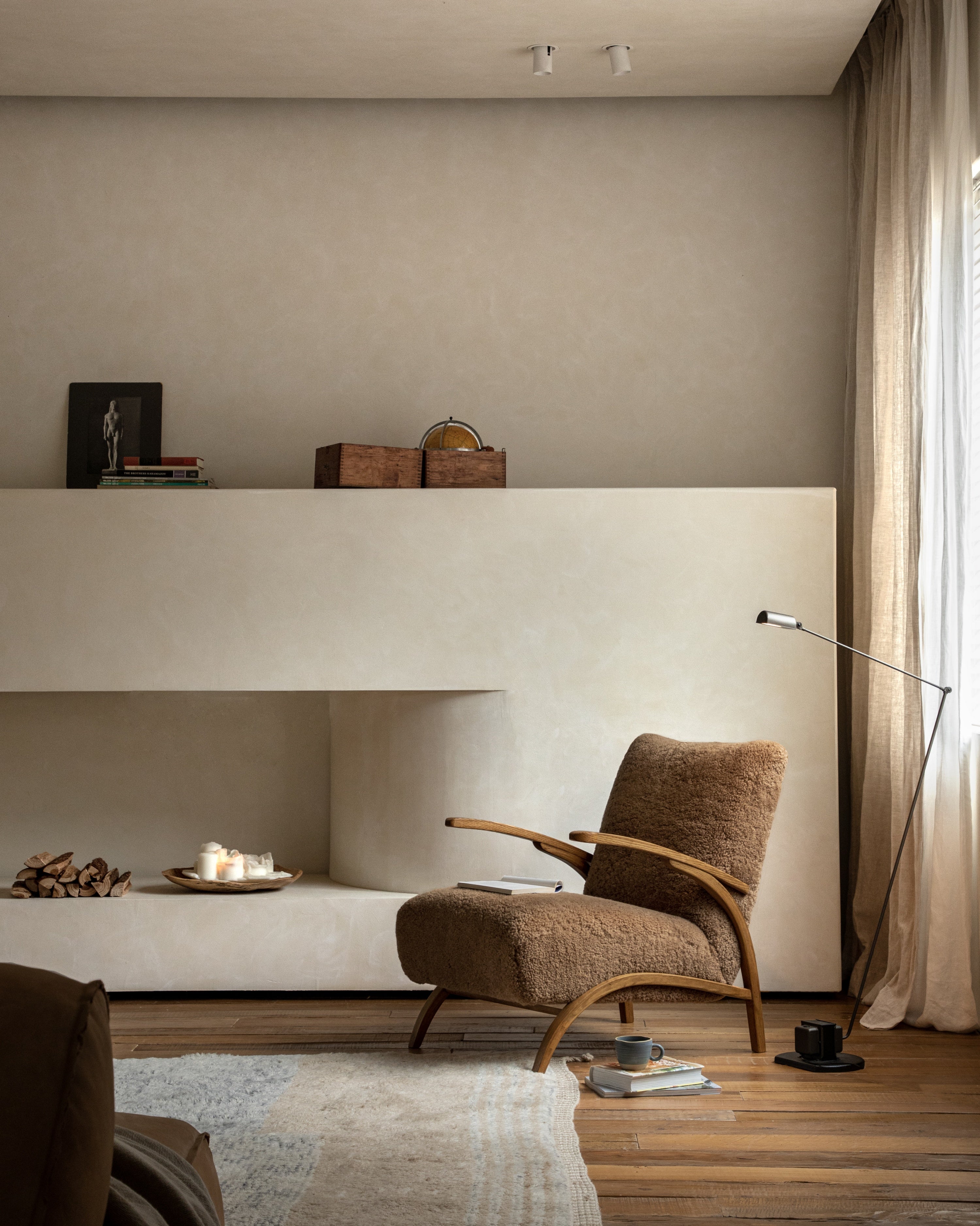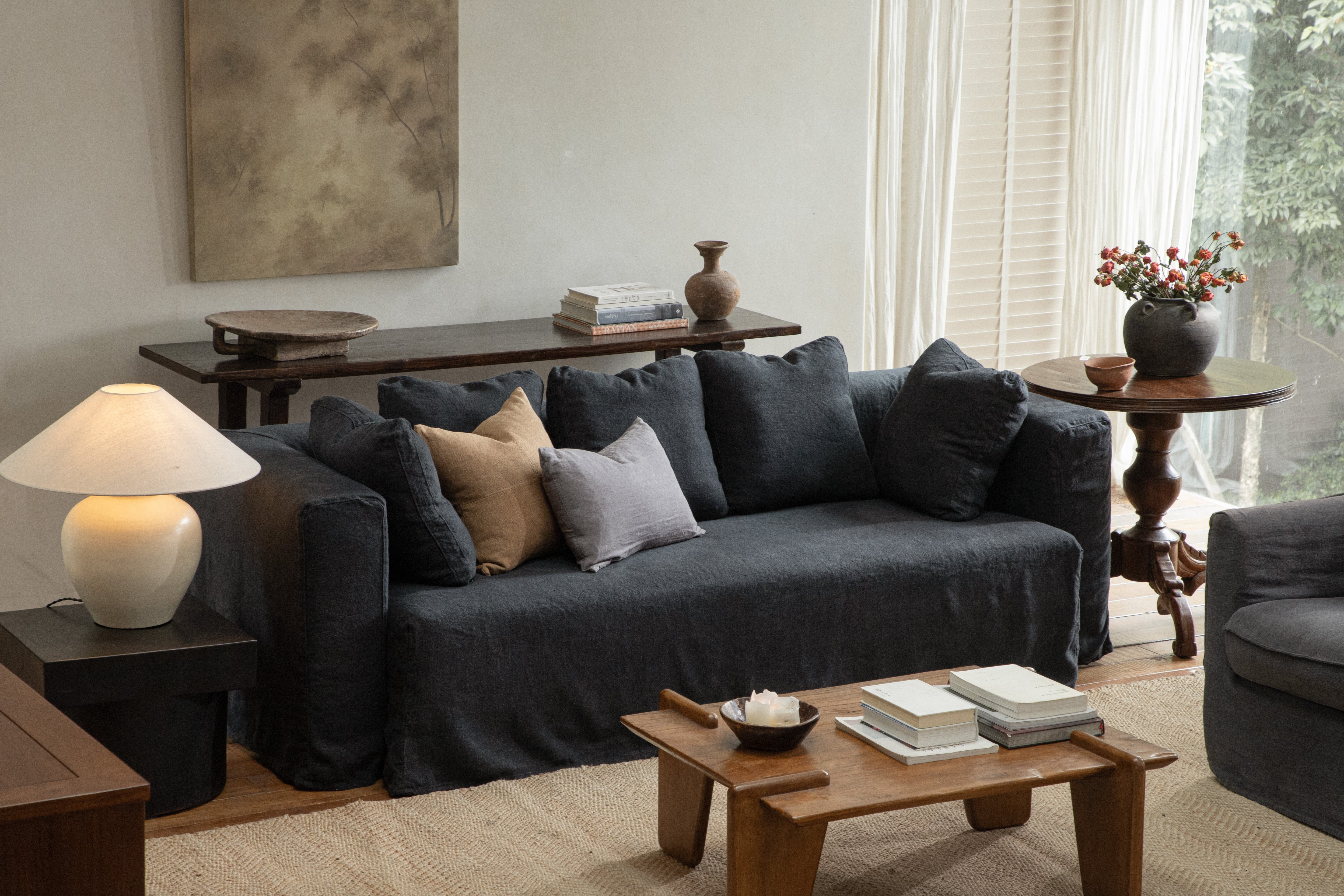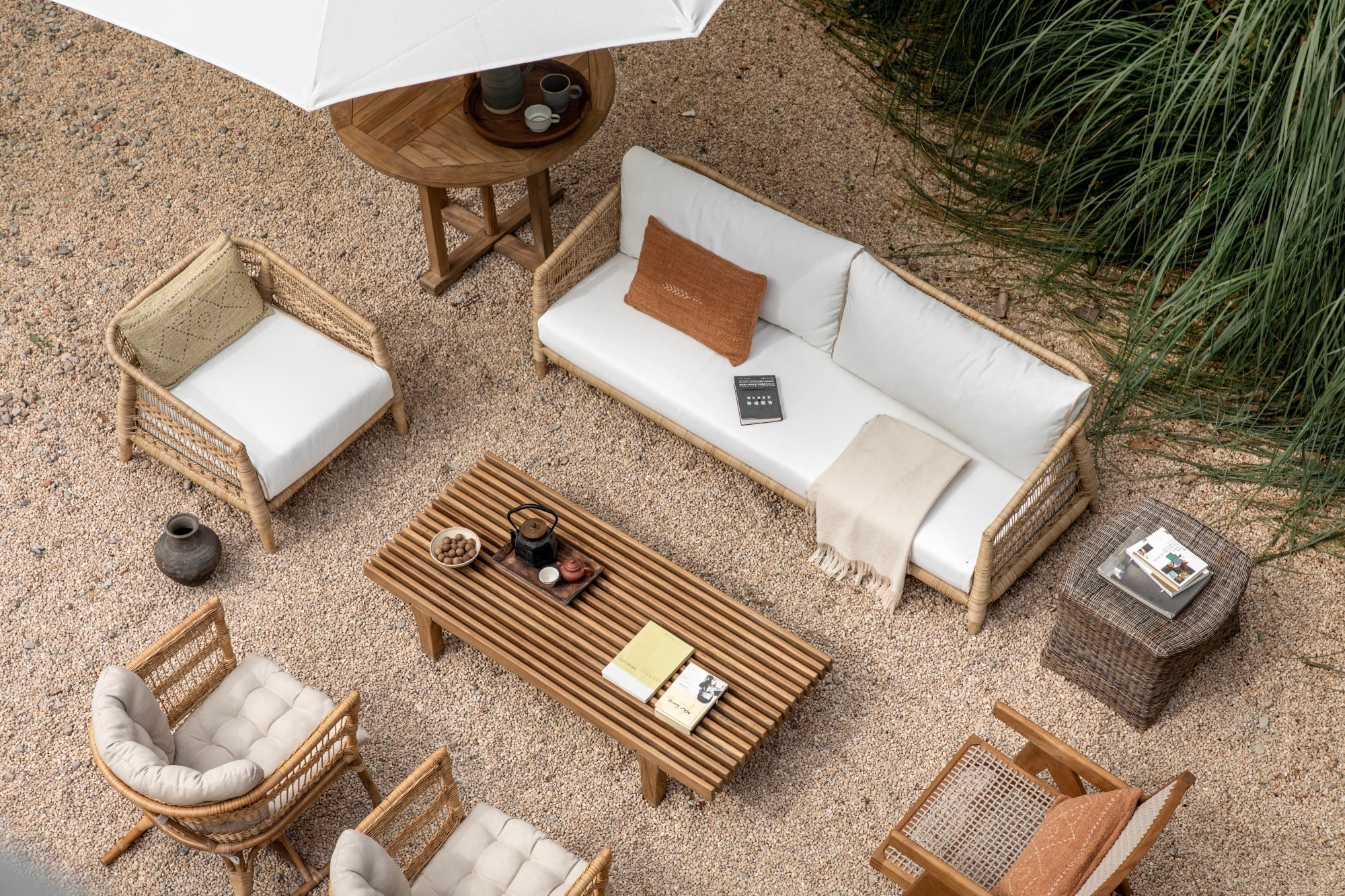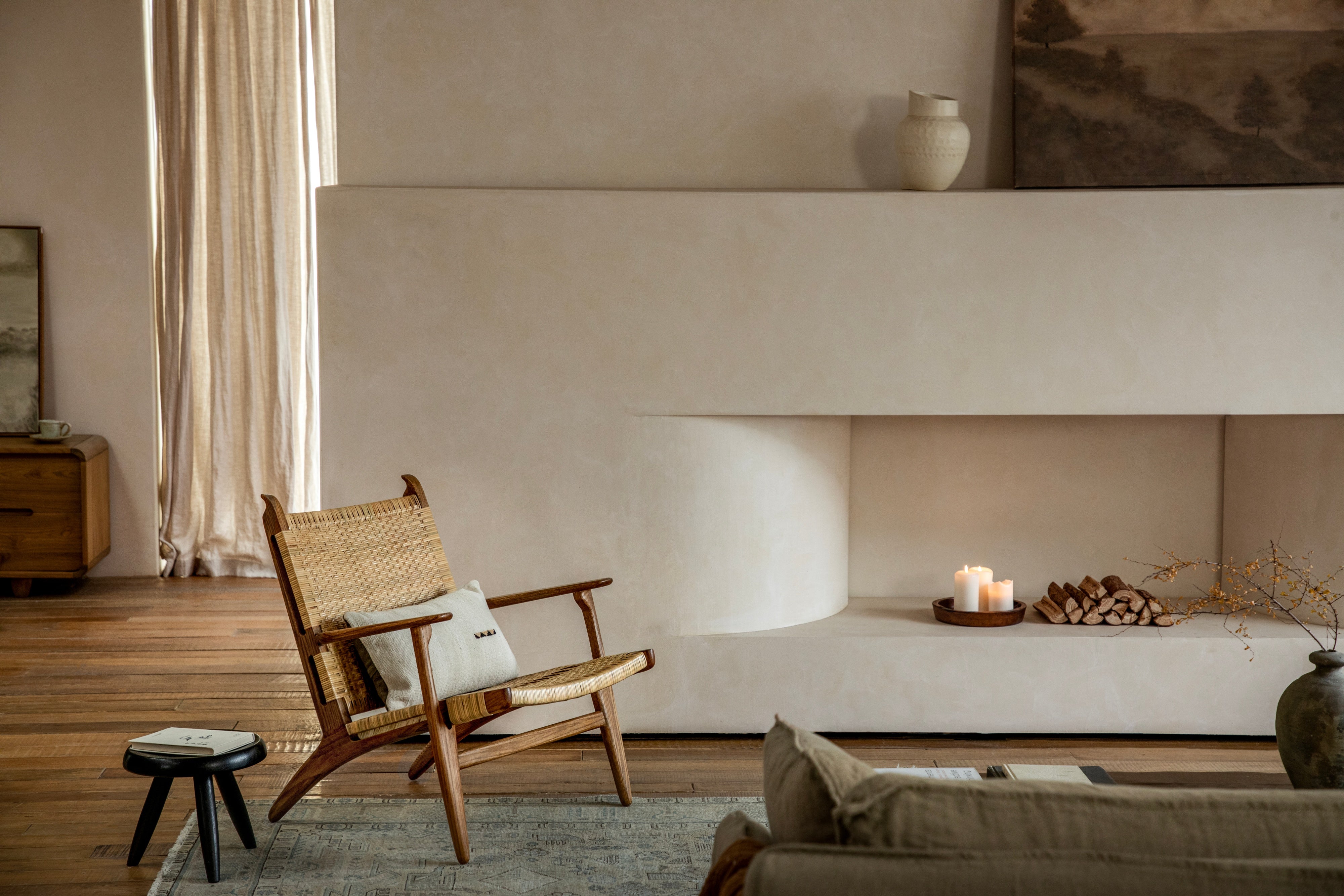
How Long Does Rattan Furniture Really Last? The Truth About Its Durability
| Rattan Type | Indoor Use | Covered Outdoor | Full Sun Exposure | High-Traffic Commercial |
| Premium Natural | 15-20 years | Not recommended | Not recommended | 5-10 years |
| Standard Natural | 10-15 years | 3-5 years | 1-2 years | 3-5 years |
| High-End Synthetic | 15-20 years | 15-20 years | 10-15 years | 7-10 years |
| Mid-Range Synthetic | 10-15 years | 10-15 years | 5-10 years | 5-7 years |
Many people think rattan furniture breaks easily or wears out fast. Yet, well-made rattan pieces can serve you for many years if you choose the right type and take proper care of them. From an indoor rattan chair to wicker patio lounge chairs, knowing what affects durability helps you make smarter buying decisions.
What Type of Rattan Are You Actually Getting
Not all rattan is the same. Knowing the difference between types can save you from disappointment. The material you choose determines how long your furniture will last and where you can use it.
Natural Rattan for Indoor Spaces
Natural rattan comes from palm vines. An indoor chair made from this material typically lasts 10 to 15 years with care. The natural fibers look beautiful. But moisture and direct sunlight are its enemies. Natural rattan can absorb water, which causes it to weaken, crack, or mildew. UV rays fade the color and make the fibers brittle. Keeping these pieces inside is important.

Synthetic Rattan for the Outdoors
Synthetic rattan, also called PE (polyethylene) rattan, is made to withstand weather. This type lasts from 10 to 20 years, based on quality. High-density PE (HDPE) rattan resists UV damage and repels water. You can leave items made from quality synthetic material outside year-round. The fibers will not rot, fade, or become brittle. Cheaper versions use thinner, lower-density material that cracks within a few seasons, so quality makes a huge difference here.
Natural rattan is great for indoors and synthetic rattan is perfect for outdoors. If you choose the wrong type for your space, the lifespan will be cut dramatically.
What Factors Will Influence the Lifespan of Rattan Furniture
Three main factors separate furniture that lasts from pieces that fall apart quickly. Knowing these helps you spot quality before you buy.
Check the Material Quality
- Strand thickness: Thicker strands (1.2mm or more) handle stress better.
- Weaving density: Tight, consistent weaves without gaps hold up under weight and use.
- Frame construction: Aluminum frames resist rust better than steel.
- UV coating: Look for ratings of 2000 hours or higher for outdoor pieces.
Consider Your Climate and Location
Humid areas speed up aging in natural rattan as moisture seeps into fibers. Extreme heat and cold cycles stress synthetic materials, though quality versions handle these conditions. A rattan swivel chair in direct sun will fade and weaken faster than one in a shaded corner. Indoor placement protects natural rattan from its biggest threats, and covered outdoor spaces extend the life of any rattan type.

Think About How Much Use It Gets
A chair in a guest room sees light use and can last longer. That same chair in a restaurant or busy family room might show wear much faster. Exceeding weight limits stresses joints and weaving. This causes early failure. Many quality pieces handle 300 pounds or more, but checking specifications is important.
The material quality is the most important thing, but how long it will last in the real world depends on how it is used and the environment. All three of these things work together to extend or shorten your furniture's lifespan.
How to Spot Quality Before You Buy Any Rattan Furniture
You can identify well-made pieces by checking a few key details. These signs reveal whether you're looking at furniture that will last or fall apart quickly.
Quality Indicators Include:
- Uniform color throughout with no patches or streaks.
- Consistent weave pattern that looks the same across all surfaces.
- Strands that flex slightly but return to shape.
- Smooth finish with no sharp edges or rough spots.
- Heavy, solid feel that suggests a good frame.
- Clear warranty of three years or longer.
Warning Signs to Avoid:
- Stiff, brittle strands that snap easily.
- Uneven coloring that suggests poor dye work.
- Visible gaps in the weaving.
- Lightweight construction that feels hollow.
- Missing brand information or warranty details.
- Prices far below similar items.
Press on the weaving. Quality woven furniture rebounds, while cheap pieces stay compressed. Run your hand along edges and joints. Good craftsmanship feels smooth. These simple tests take seconds but reveal manufacturing quality instantly.
Tips to Keep Your Rattan Furniture Great for Years
Regular care prevents most problems and extends lifespan. The good news is that maintenance takes minimal time and effort.
Dust and Tidy Weekly
Dust pieces with a soft brush or vacuum attachment. This stops dirt from settling into weave gaps. Clean spills immediately with a damp cloth. Rotate cushions every few weeks so they wear evenly. These small habits take five minutes but prevent costly repairs later.
Deep‑Clean Each Season
Mix mild dish soap with warm water and use a soft brush to clean the piece. Rinse with clean water and let dry completely. Do not use harsh chemicals. Inspect for loose strands. Apply furniture wax or oil to natural rattan to keep it flexible. A protective spray can refresh UV protection for outdoor pieces.
Store and Protect Properly
Natural rattan needs indoor storage during winter in cold climates. Cover outdoor synthetic pieces during long periods of non-use. Make sure covers allow airflow to prevent mold. Store cushions in dry locations. Control humidity for natural rattan.
Fix Minor Issues Early
Tighten loose weaving by working strands back into place. Replace individual broken strands using matching material and adhesive. Secure wobbly joints with wood glue. Call professionals for structural damage. Catching small problems early stops them from spreading.

Choose the Right Rattan for Your Space
Picking the right type of rattan for where you'll use it makes all the difference. Each space has different needs, and the wrong choice leads to furniture that wears out too fast.
- Natural rattan works beautifully indoors. The warm color and natural texture make any room feel cozy and inviting. An indoor rattan chair in your bedroom or living room can last 15 years or longer when you take care of it properly.
- Covered patios and screened porches give you more options. Both natural and synthetic rattan work here because they stay protected from rain and direct sunlight.
- Open outdoor spaces need synthetic rattan only. Natural fibers can't survive constant weather exposure, no matter how well made they are.
- Homes near the ocean require top-quality synthetic rattan. Salt air and bright sun damage furniture faster in coastal areas, so better materials last much longer.
- Rental properties do well with mid-range synthetic options. These pieces cost less upfront but still hold up to regular use over several years.
Your specific setup matters. Choose materials that fit your conditions, and your furniture will last as long as it should.
Find Quality Rattan Furniture That Lasts
Rattan furniture lasts decades when you pick the right type and take care of it. Natural rattan works best indoors, while synthetic handles outdoor weather. Quality beats price—well-made pieces serve you longer and cost less over time. Check how it's built, think about your climate, and do simple upkeep. Your furniture will give you years of comfort and style.
3 FAQs About Rattan Furniture
Q1: Is rattan furniture waterproof?
Natural rattan is not waterproof and absorbs water easily, which causes damage over time. High-quality synthetic rattan repels water well and dries quickly after rain. Even synthetic types aren't completely waterproof at seams and joints, so using furniture covers during heavy storms helps extend lifespan.
Q2: Can you leave rattan furniture outside in the winter?
Synthetic rattan can stay outside during winter in most climates, though covers protect it from snow and ice buildup. Natural rattan must come indoors before winter starts because cold temperatures and moisture will crack and weaken the fibers. If you can't store pieces inside, move them to a dry garage or shed.
Q3: Does rattan break easily?
Quality rattan is quite strong and doesn't break easily with normal use. Cheap, thin strands snap under pressure, but well-made pieces with thick weaving support 300 pounds or more. Natural rattan becomes brittle when exposed to sun and moisture, while good synthetic rattan stays flexible for years. Proper care prevents most breakage issues.
